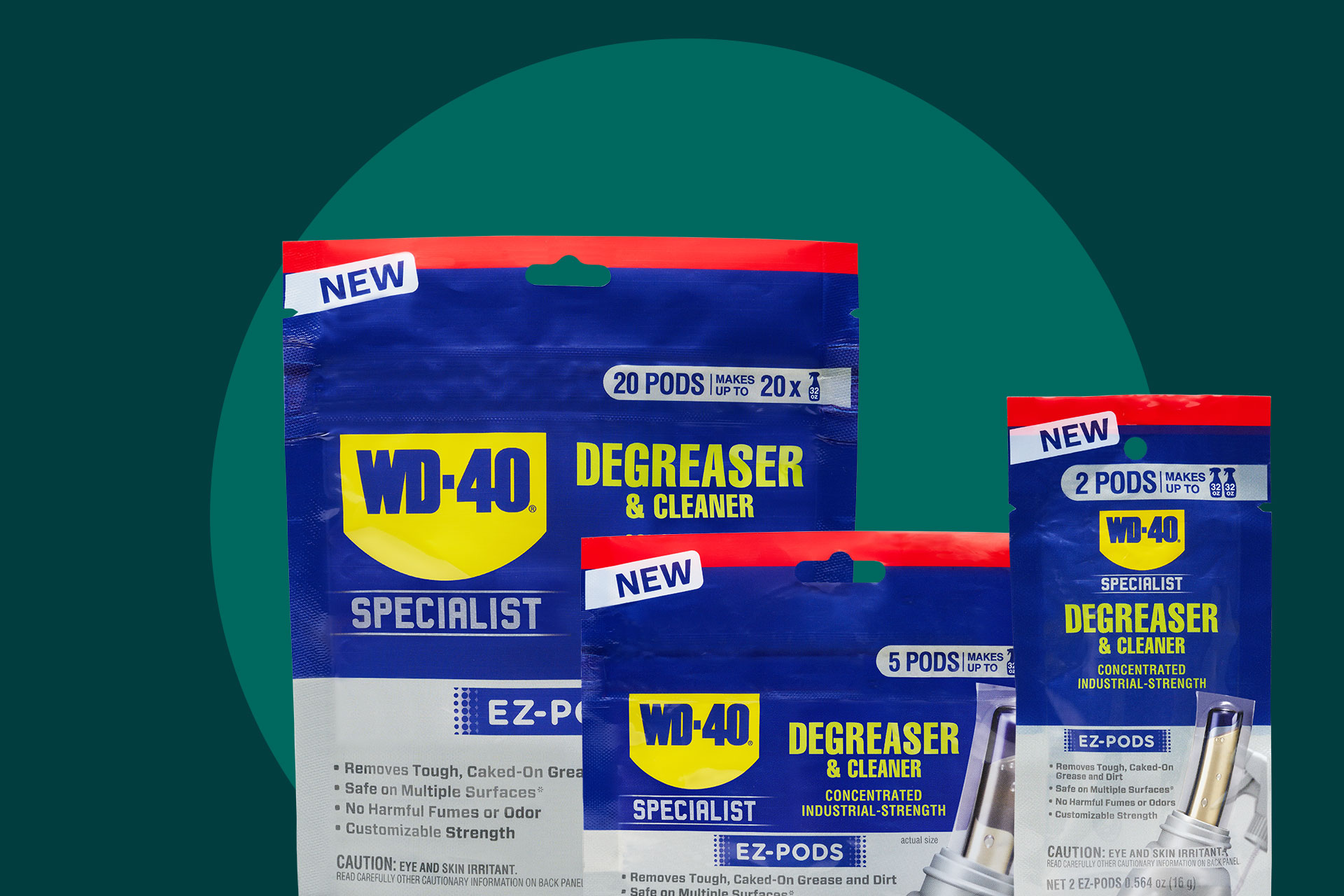PET and HDPE are common plastics used in consumer-packaged goods. Many label companies have focused on developing compatible adhesives and labels to enable PET recycling, but why not HDPE?
The recycling processes for HDPE and PET are remarkably similar. Rigid containers are collected through blue-bin or curbside recycling programs and sent to a materials recovery facility (MRF) for sortation and baling. These bales are then purchased by recycling facilities, to be sorted and ground into flakes. The flakes undergo a washing process and are then sent to a float-sink tank. Recyclers rely on the float-sink tank to separate flakes from packaging features such as closures, dispensers, labels, and other contaminates. But it’s at this stage where the two materials are different.
In the float-sink tank, removing contaminates from PET is straightforward. Denser PET flakes sink, and typically, the pressure sensitive labels float. When paired with a recycling-compatible adhesive, label separation is more effective, and a higher quality PET flake can be reclaimed.
For HDPE, the process is not as simple. HDPE and the pressure sensitive labels attached to it have a similar density. Thus, both flakes and labels float, making labels, adhesives and inks difficult to separate.
That said, here are a few recommendations to help reduce the contamination your bottle may cause:
1. Opt for inks that do not bleed
During the washing process, some label inks bleed into the wash water and redeposit on HDPE. In the case of colored HDPE, this may not have a significant impact. For natural HDPE, this may diminish the plastic’s recycled value.
Inks must be tested to ensure they do not bleed in the recycling process and wash water. Because of this, the Association of Plastics Recyclers (APR) has developed a Bleeding Label test.
2. Consider your pressure sensitive label choice
Again, labels aren’t considered a significant contaminate to colored or opaque HDPE. At a minimum, labels shouldn’t cause HDPE to be incorrectly sorted. APR also recommends selecting a label with a releasing adhesive, at the lowest coat weight possible.
When it comes to pressure sensitive labels, polyethylene (PE) or polypropylene (PP) films with releasing adhesives are APR Preferred. Whether they detach or not, these labels increase yield and have a minimal negative impact on the recycler.
Other Conditionally Preferred label options include:
- Metalized or metallic printed labels that pass sorting requirements, paired with wash-off adhesives
- PLA labels with wash-off adhesives
- Polystyrene labels with wash-off adhesives
Paper labels, with or without wash-off adhesives, are considered detrimental to HDPE recycling. Paper that remains with HPDE carbonizes and causes color defects, lowering resale value. If paper labels detach, they become pulp, adding unnecessary load to the recycling system. Paper labels render the bottle recyclable, but with a detrimental feature.
3. Take a look at full bottle shrink sleeves
One solution that works with the float-sink system is full bottle shrink sleeves. Often made of PET or PETG, the denser shrink sleeve sinks away from the floating HDPE. This enables easier removal of labels from HDPE flakes. APR Preferred shrink sleeve labels are designed for automatic sorting. It’s recommended to test your shrink sleeve design for compatibility with sorting equipment. Otherwise, your HDPE bottle may go into the incorrect stream.
Some brands will opt to include a perforation to allow consumers to remove the shrink sleeve from the package before recycling. However, designing for recyclability should always be the first choice, as some consumers don’t fully understand what plastics can be recycled.
Another solution for HDPE recycling is floatable shrink sleeves. This solution is similar to the pressure sensitive product above where the label and flake both float. These materials are made from compatible plastics, so they increase the yield and have a minimal impact on the recycler.
There are many commercially available labels today that meet the APR’s design guide for recycling HDPE packages. Ensuring your labels are designed for recyclability is the first step in making sure collection, correct sorting, and reuse in recycling facilities is possible. We can help you pick the solution that’s the best fit now, and provide the tools, information, and partnership needed to advance your sustainability goals over time.


